Home>Gardening & Outdoor>Plant Care & Gardening Tips>How Many Native Plant Species In North America
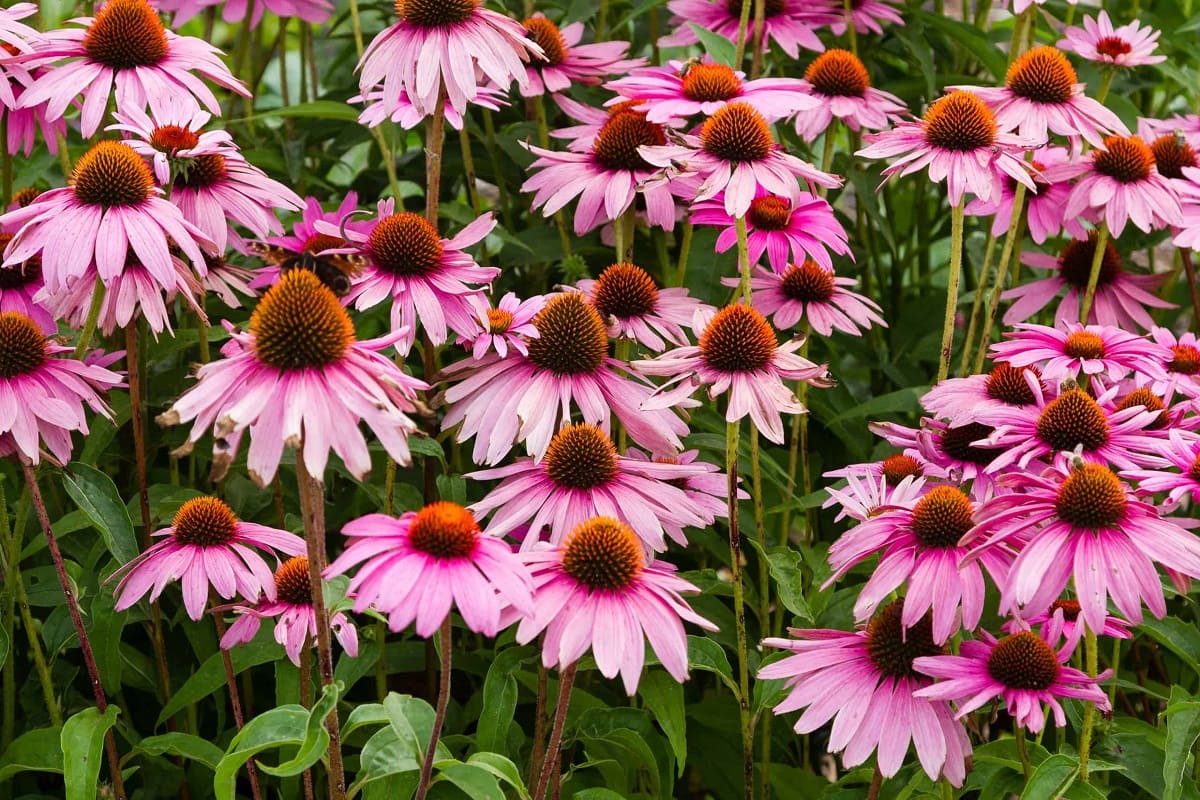

Plant Care & Gardening Tips
How Many Native Plant Species In North America
Modified: January 4, 2024
Discover the diverse range of native plant species in North America and get expert plant care and gardening tips to cultivate a thriving garden. Explore the beauty of native flora while enhancing your gardening skills.
(Many of the links in this article redirect to a specific reviewed product. Your purchase of these products through affiliate links helps to generate commission for Storables.com, at no extra cost. Learn more)
**
Introduction
**
When we think about the rich tapestry of North America's natural landscapes, the image of diverse and vibrant plant life inevitably springs to mind. From the majestic Douglas fir trees of the Pacific Northwest to the delicate bluebonnets adorning the Texas hill country, the continent boasts an astonishing array of native plant species. These plants have not only shaped the continent's ecosystems but also played a crucial role in the cultural and historical narratives of its indigenous peoples.
In this article, we embark on a journey to explore the fascinating world of native plant species in North America. We will delve into the definition of native plants, unravel the importance of preserving these species, examine the factors that influence their count, and seek to estimate the number of native plant species that call North America home. By shedding light on these botanical wonders, we hope to deepen our appreciation for the natural heritage that surrounds us and underscore the significance of conservation efforts to safeguard these invaluable treasures for generations to come.
**
Key Takeaways:
- North America’s native plant species are crucial for biodiversity, ecosystem stability, and cultural heritage, playing a vital role in sustaining the continent’s natural landscapes and nurturing a harmonious coexistence between humans and the natural world.
- The count of native plant species in North America is influenced by geographical, historical, and human factors, highlighting the intricate web of ecological, historical, and anthropogenic processes that have shaped the continent’s botanical richness.
Definition of Native Plant Species
**
Native plant species, also known as indigenous or endemic plants, are those that have naturally evolved and established themselves in a specific region or ecosystem over an extended period. These plants have not been introduced by human intervention or migration but have rather evolved in harmony with the local environmental conditions, including climate, soil, and natural disturbances. As a result, native plants have developed unique adaptations that enable them to thrive in their respective habitats, playing a fundamental role in maintaining ecological balance and sustaining biodiversity.
One of the defining characteristics of native plant species is their integral relationship with the indigenous fauna, including insects, birds, and mammals. Over time, these plants have coevolved with local wildlife, providing essential food sources, shelter, and breeding grounds. This intricate web of interdependence highlights the vital role that native plants play in supporting the overall health and resilience of their ecosystems.
Furthermore, native plant species are deeply intertwined with the cultural heritage and traditions of the regions in which they flourish. They have been utilized for medicinal, culinary, and ceremonial purposes by indigenous communities for centuries, embodying a profound connection between people and the natural world. The preservation of native plant species is thus not only an ecological imperative but also a means of safeguarding the cultural legacy and traditional knowledge associated with these botanical treasures.
Recognizing and understanding the significance of native plant species is paramount in fostering a deeper appreciation for the intricate tapestry of life that adorns North America. By nurturing and conserving these plants, we honor the legacy of the land and contribute to the preservation of its ecological integrity.
**
Importance of Native Plant Species
**
The significance of native plant species in North America extends far beyond their aesthetic appeal, encompassing a myriad of ecological, cultural, and practical implications. These plants are integral components of the continent’s natural heritage, playing a pivotal role in sustaining biodiversity, preserving ecosystem functionality, and enriching the lives of both wildlife and humans.
One of the foremost contributions of native plant species lies in their ability to support and enhance biodiversity. As indigenous flora, these plants have coevolved with local fauna, providing essential food sources, nesting sites, and shelter. The intricate web of interactions between native plants and wildlife fosters a balanced and resilient ecosystem, where each species plays a unique role in maintaining the overall ecological equilibrium. Preserving native plant species is thus crucial for safeguarding the diversity of life forms and ensuring the stability of ecosystems across North America.
Moreover, native plant species possess remarkable adaptability to their respective environments, often thriving in conditions that may be challenging for non-native species. Their deep-rooted resilience enables them to withstand environmental stressors, such as drought, extreme temperatures, and soil variations, thereby contributing to the stability and sustainability of local ecosystems. Additionally, their capacity to prevent soil erosion, filter water, and sequester carbon underscores their pivotal role in mitigating environmental degradation and combating climate change.
Beyond their ecological significance, native plant species hold profound cultural and historical value. They have been utilized by indigenous communities for medicinal, culinary, and ceremonial purposes, embodying a wealth of traditional knowledge and cultural heritage. Preserving these plants is thus a means of honoring and perpetuating the deep-rooted connections between people and the land, fostering a sense of belonging and continuity with the natural world.
Furthermore, native plant species contribute to the aesthetic appeal of landscapes, enriching the visual tapestry of North America with a diverse array of colors, textures, and fragrances. Whether in wild habitats, urban green spaces, or cultivated gardens, these plants evoke a sense of place and identity, enhancing the quality of life for inhabitants and visitors alike.
By recognizing and preserving the importance of native plant species, we not only sustain the ecological resilience of North America but also uphold the cultural heritage and traditions intertwined with these botanical treasures. Embracing the intrinsic value of native plants is essential in fostering a harmonious coexistence between humans and the natural world, ensuring a legacy of biodiversity and cultural richness for future generations.
**
Tip: There are over 18,000 native plant species in North America, making it one of the most diverse regions in the world for plant life.
Factors Affecting Native Plant Species Count
**
The count of native plant species in North America is influenced by a multitude of interconnected factors, reflecting the complex dynamics of ecosystems, historical events, and human activities. Understanding these influences is crucial in comprehending the distribution and diversity of native plants across the continent, shedding light on the intricate processes that have shaped the natural landscapes we behold today.
Geographical and ecological factors play a pivotal role in determining the abundance and diversity of native plant species. North America encompasses an extensive range of biomes, from the lush temperate rainforests of the Pacific Northwest to the arid deserts of the Southwest, each harboring distinct environmental conditions and habitats. These diverse landscapes give rise to a rich tapestry of flora, with varying levels of endemism and specialization. Factors such as climate, soil composition, topography, and hydrological patterns exert profound influences on the distribution and adaptation of native plants, contributing to the remarkable diversity observed across different regions.
Historical events, including geological processes, climatic fluctuations, and evolutionary dynamics, have also shaped the count of native plant species in North America. The continent’s geological history, characterized by tectonic shifts, glaciation periods, and volcanic activity, has influenced the distribution of plant species and facilitated the emergence of distinct biotic regions. Moreover, evolutionary processes, such as speciation and extinction, have contributed to the formation of unique plant communities, with endemic species evolving in response to localized environmental pressures.
Human activities and land-use practices have had a profound impact on the count of native plant species in North America. Habitat destruction, fragmentation, and degradation resulting from urbanization, agriculture, and industrial development have led to the loss of natural habitats and the decline of indigenous flora. Invasive species, introduced through global trade and human transport, pose additional challenges by outcompeting native plants and disrupting ecological balances. Conservation efforts, including habitat restoration, protected area establishment, and invasive species management, are crucial in mitigating these anthropogenic pressures and safeguarding the diversity of native plant species.
Furthermore, the interconnectedness of ecosystems and the complex interactions between plants, wildlife, and environmental factors contribute to the dynamic nature of native plant species counts. Ecological disruptions, such as wildfires, disease outbreaks, and climate change, can have cascading effects on plant communities, influencing their distribution and abundance. Understanding these intricate relationships is essential in formulating effective conservation strategies and fostering the resilience of native plant species in the face of environmental challenges.
By comprehending the multifaceted factors that influence the count of native plant species, we gain insight into the intricate web of ecological, historical, and anthropogenic processes that have shaped the continent’s botanical richness. Recognizing the interplay of these influences is paramount in devising holistic approaches to conserve and sustain the invaluable diversity of native plant species across North America.
**
Estimating the Number of Native Plant Species in North America
**
Estimating the precise number of native plant species in North America is a complex endeavor, influenced by the continent’s vast geographical expanse, diverse ecosystems, and the dynamic nature of taxonomic classifications. While comprehensive assessments are inherently challenging, botanical researchers and conservationists have employed various methodologies to approximate the count of native plant species, shedding light on the remarkable botanical diversity that graces the continent.
One approach to estimating the number of native plant species involves compiling and analyzing botanical inventories, herbarium collections, and taxonomic databases. These invaluable repositories document the occurrence and distribution of plant species across different regions, providing a basis for assessing their diversity and endemism. By collating data from field surveys, specimen collections, and literature sources, researchers can infer the presence of native plant species and delineate their geographical ranges, contributing to a comprehensive understanding of the continent’s botanical richness.
Taxonomic studies and species delimitation efforts play a pivotal role in refining our knowledge of native plant diversity in North America. Botanists and taxonomists employ morphological, genetic, and ecological analyses to identify and classify plant species, unraveling cryptic diversity and elucidating evolutionary relationships. These investigations contribute to the recognition of new species, the reevaluation of taxonomic boundaries, and the refinement of species distributions, thereby enriching our comprehension of native plant diversity.
Furthermore, advancements in molecular techniques and DNA barcoding have revolutionized the assessment of native plant species diversity, enabling researchers to elucidate phylogenetic relationships and infer species boundaries with unprecedented precision. By harnessing molecular data, scientists can disentangle complex evolutionary patterns, detect cryptic species, and uncover genetic diversity within native plant populations, offering valuable insights into the continent’s botanical heritage.
However, it is essential to acknowledge the inherent complexities and uncertainties associated with estimating the number of native plant species in North America. Taxonomic revisions, taxonomic disagreements, and the discovery of cryptic diversity continually shape our understanding of plant diversity, underscoring the dynamic and evolving nature of botanical classifications.
Despite these challenges, the collective efforts of botanical researchers, conservation organizations, and citizen scientists have yielded invaluable insights into the diversity and distribution of native plant species across North America. By integrating diverse sources of data, employing cutting-edge methodologies, and fostering collaborative initiatives, we continue to refine our understanding of the continent’s botanical wealth, laying the groundwork for informed conservation strategies and the preservation of native plant diversity for future generations.
**
Conclusion
**
The exploration of native plant species in North America unveils a captivating tapestry of botanical diversity, ecological interconnectedness, and cultural significance. From the towering conifers of the boreal forests to the vibrant wildflowers adorning the prairies, these plants embody the essence of the continent’s natural heritage, shaping its landscapes and nurturing a wealth of life forms.
Recognizing the importance of native plant species is fundamental in safeguarding the ecological resilience and cultural legacy of North America. These plants are not merely botanical entities but integral components of intricate ecosystems, sustaining biodiversity, mitigating environmental degradation, and nurturing a harmonious coexistence between humans and the natural world. Preserving native plant species is a testament to our commitment to conserving the intricate web of life that adorns the continent, fostering a legacy of ecological richness and cultural continuity.
The count of native plant species in North America is a reflection of diverse influences, encompassing geographical, historical, and anthropogenic factors. Understanding these dynamics is crucial in formulating effective conservation strategies, mitigating the impacts of human activities, and fostering the resilience of native plant communities in the face of environmental challenges. By embracing a holistic approach to conservation, we can nurture the vitality of native plant species and ensure their enduring presence across the continent’s varied landscapes.
Estimating the number of native plant species in North America is an ongoing pursuit, propelled by the collaborative efforts of botanical researchers, taxonomists, and conservationists. Through meticulous taxonomic studies, molecular analyses, and the compilation of comprehensive inventories, our understanding of native plant diversity continues to evolve, unveiling the intricacies of the continent’s botanical wealth. This collective endeavor not only enriches our knowledge of native plants but also underscores the imperative of preserving their diversity for the benefit of present and future generations.
In essence, the conservation of native plant species in North America transcends ecological stewardship; it embodies a commitment to honoring the cultural heritage, sustaining biodiversity, and nurturing a profound connection between people and the land. By cherishing and preserving these botanical treasures, we embrace a legacy of resilience, diversity, and harmony, ensuring that the continent’s natural landscapes continue to flourish with the vibrant hues of native flora for generations to come.
Frequently Asked Questions about How Many Native Plant Species In North America
Was this page helpful?
At Storables.com, we guarantee accurate and reliable information. Our content, validated by Expert Board Contributors, is crafted following stringent Editorial Policies. We're committed to providing you with well-researched, expert-backed insights for all your informational needs.
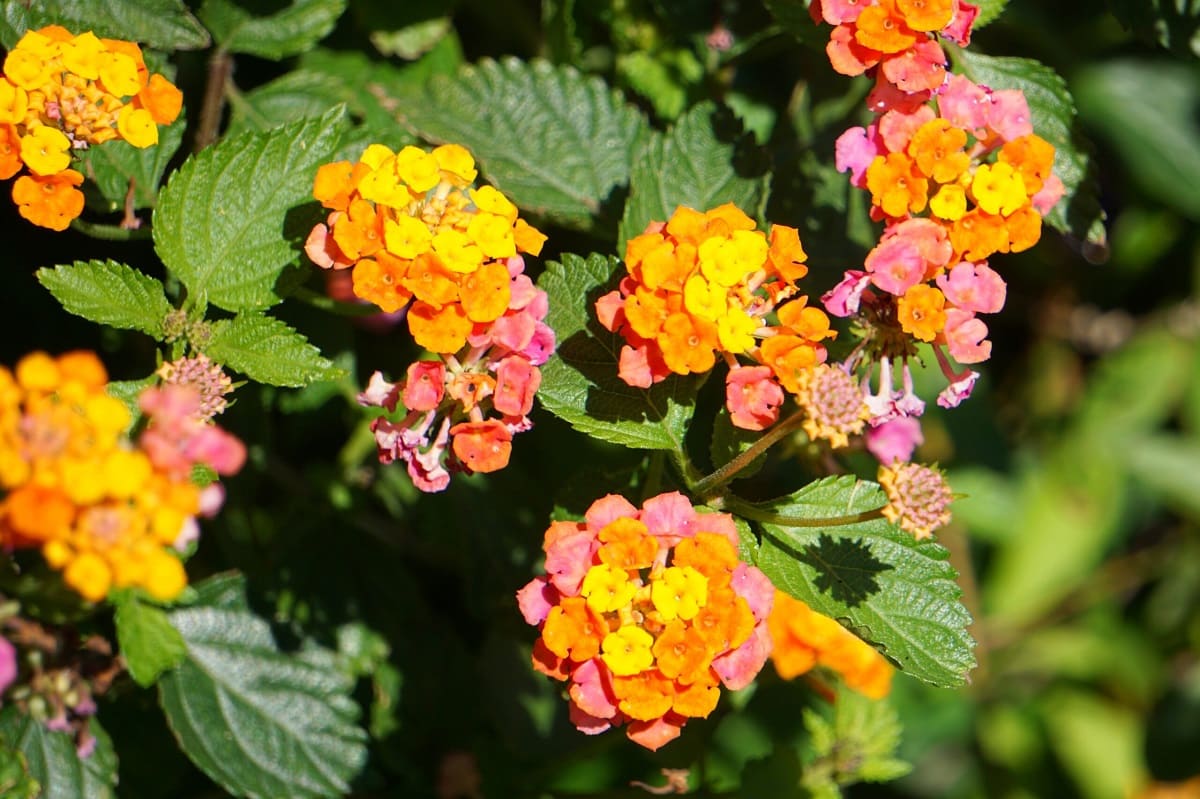
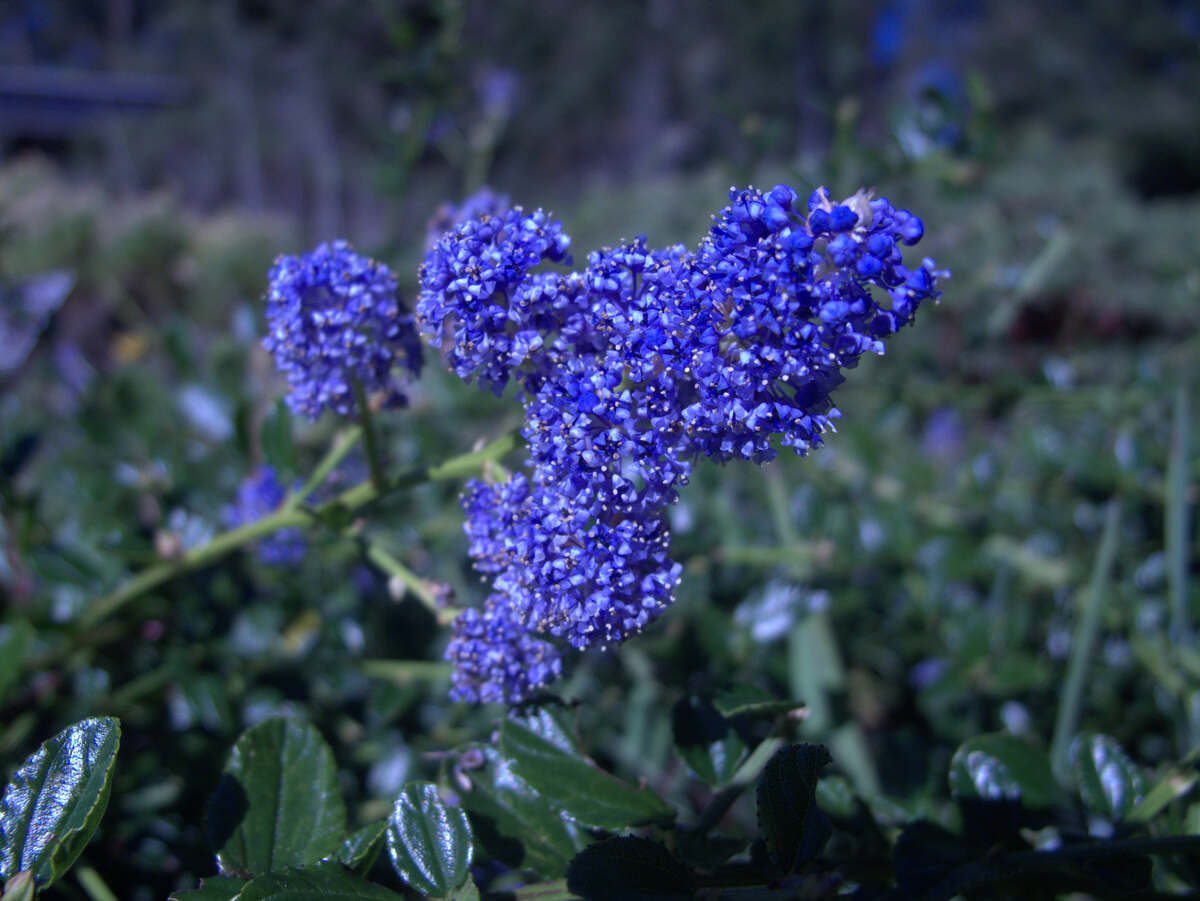
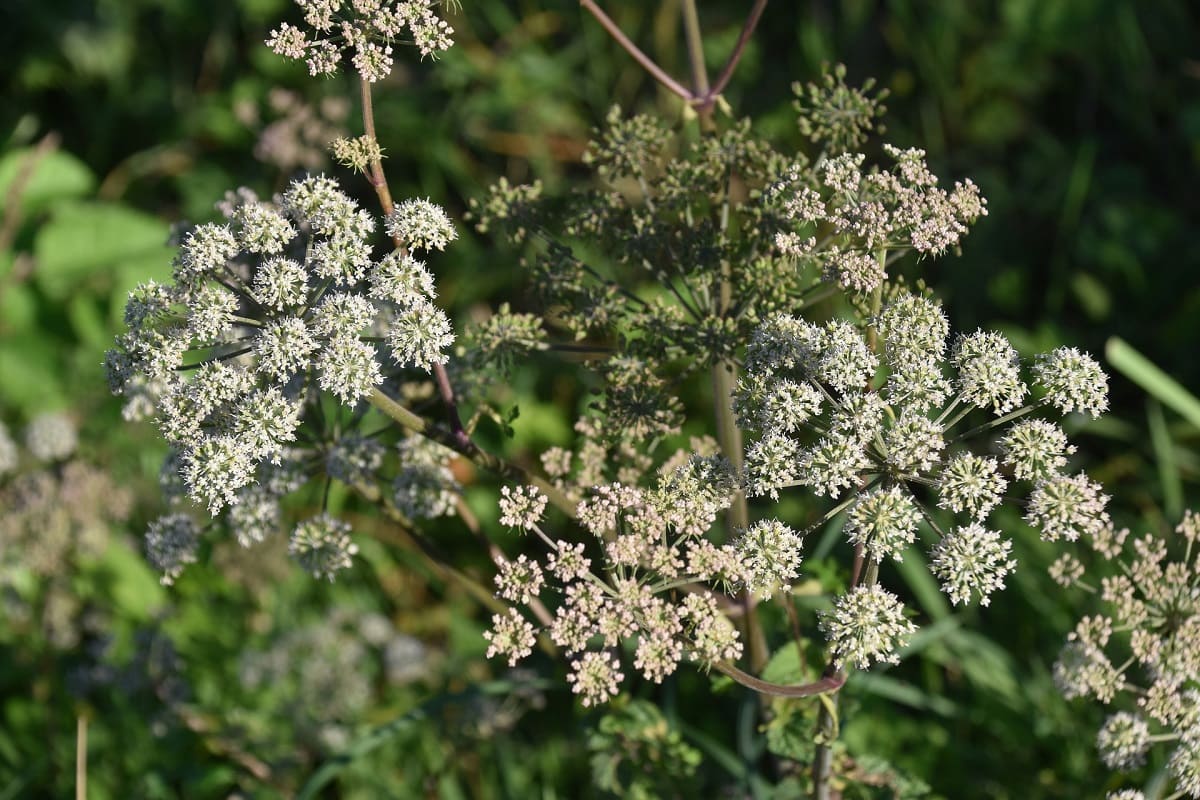
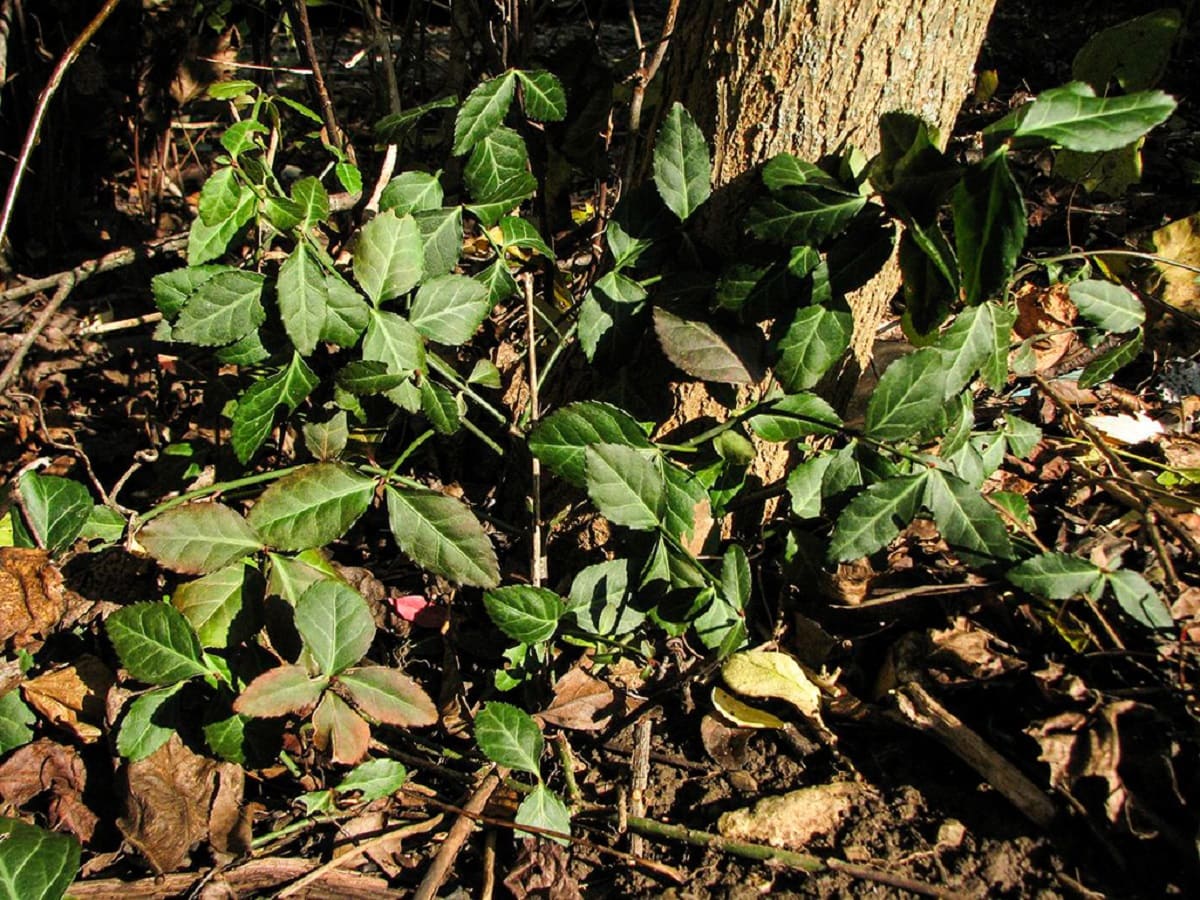
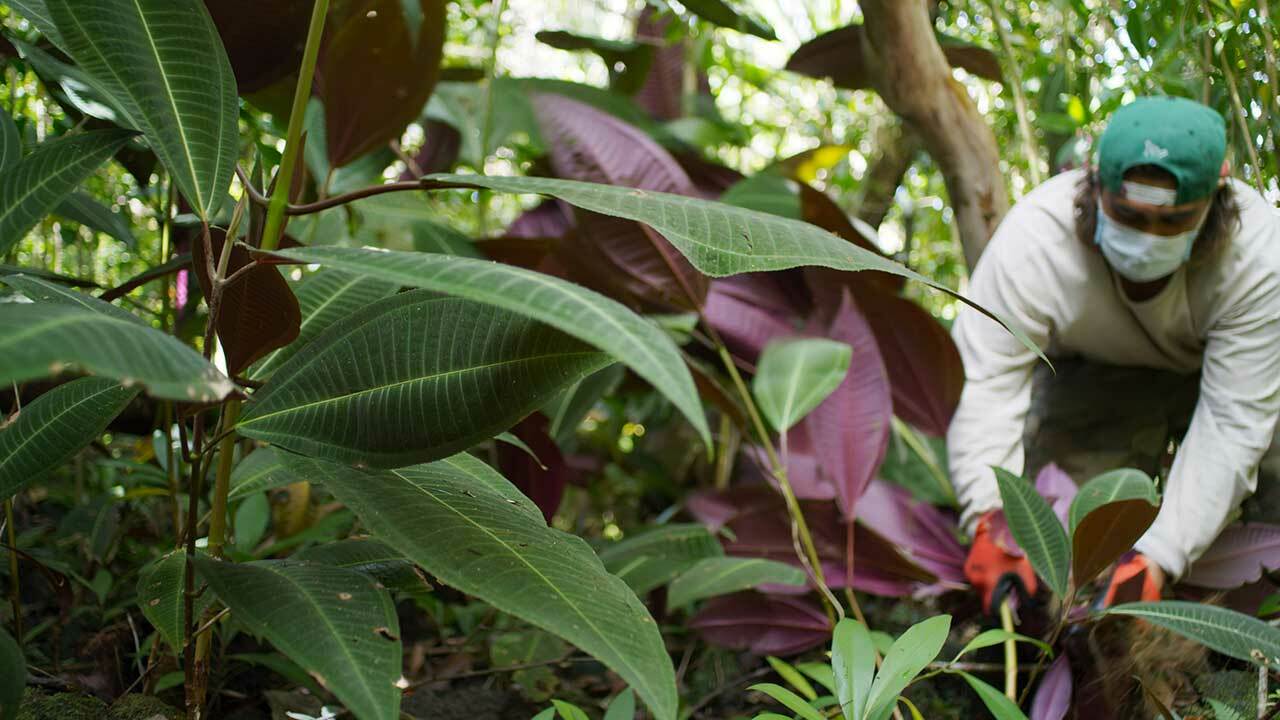
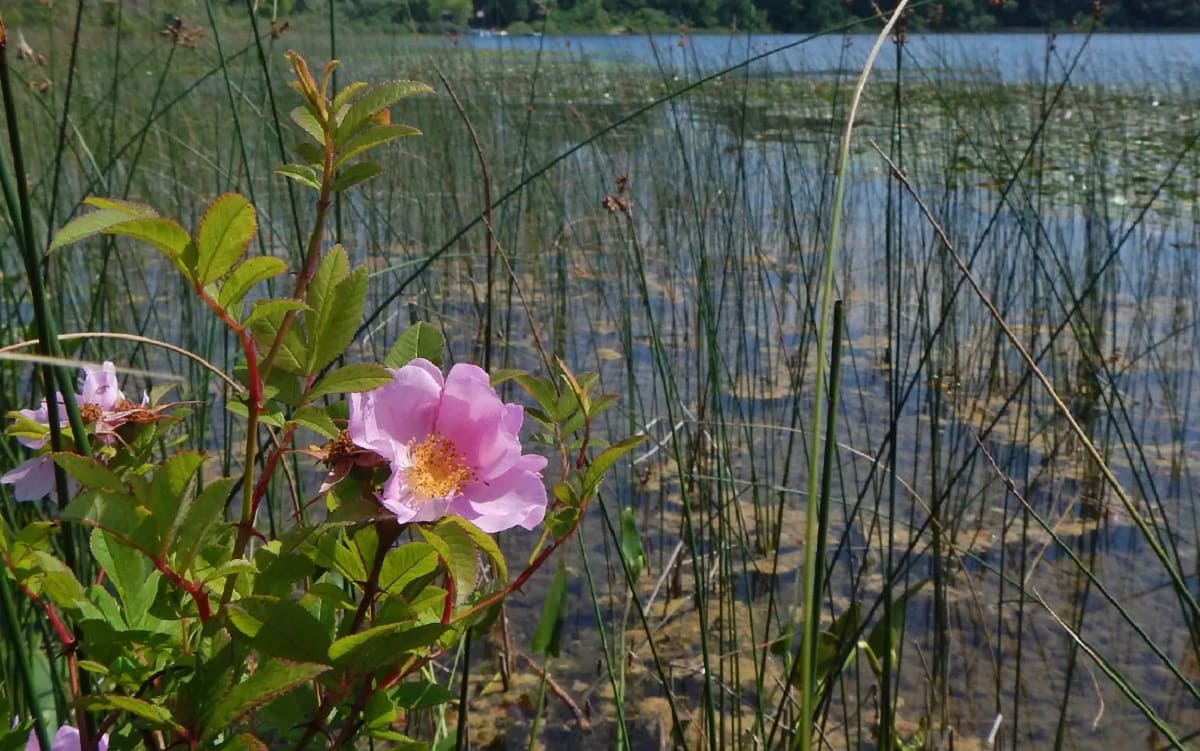
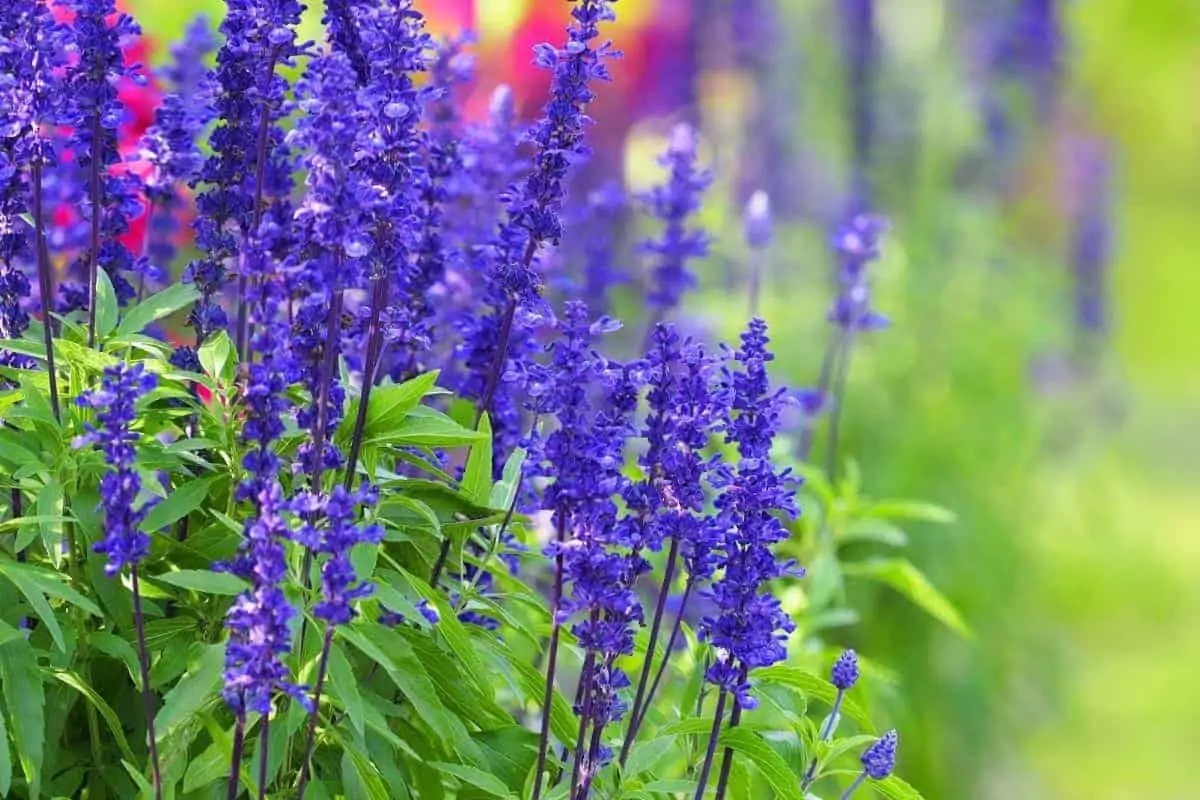
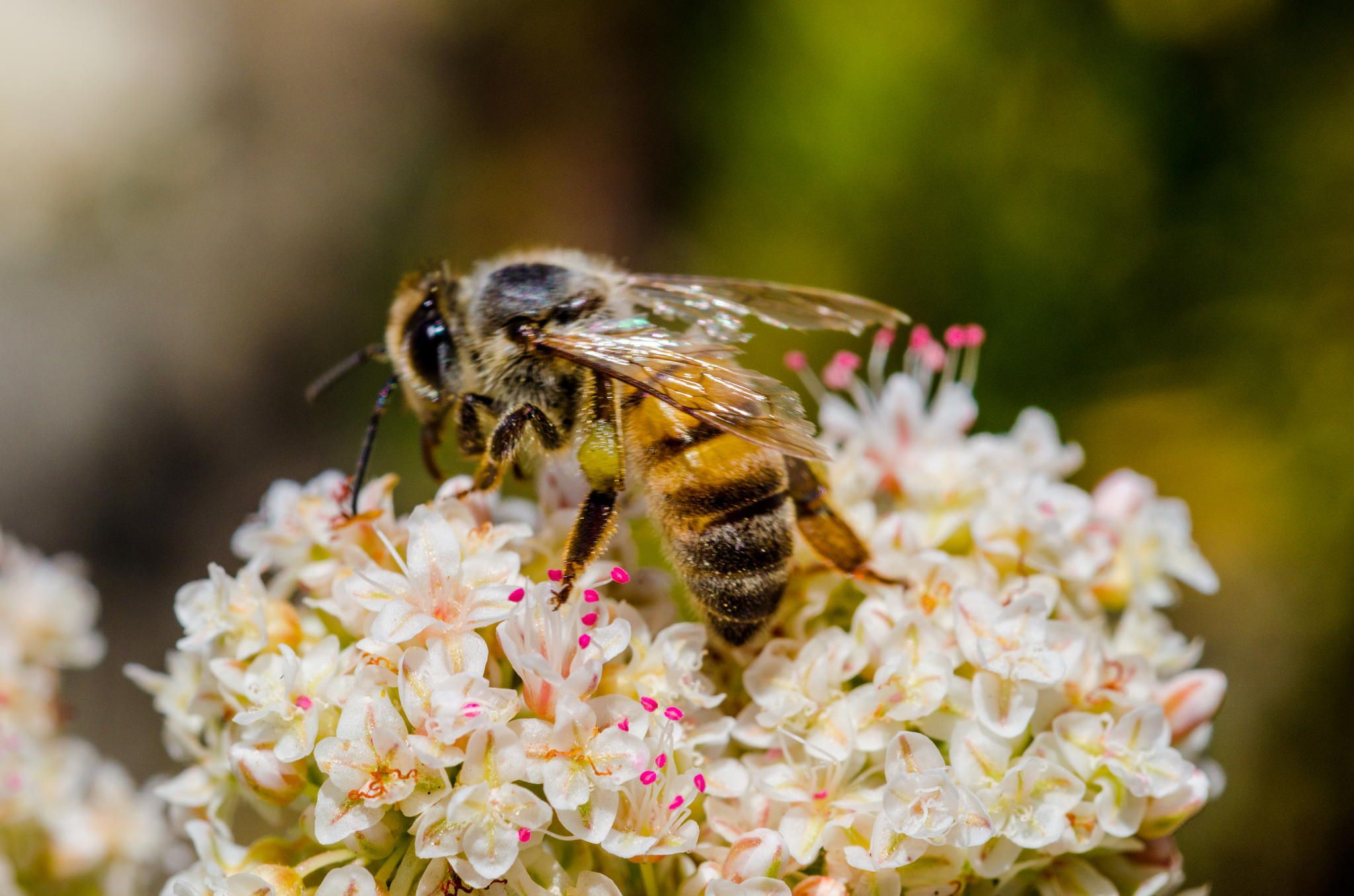
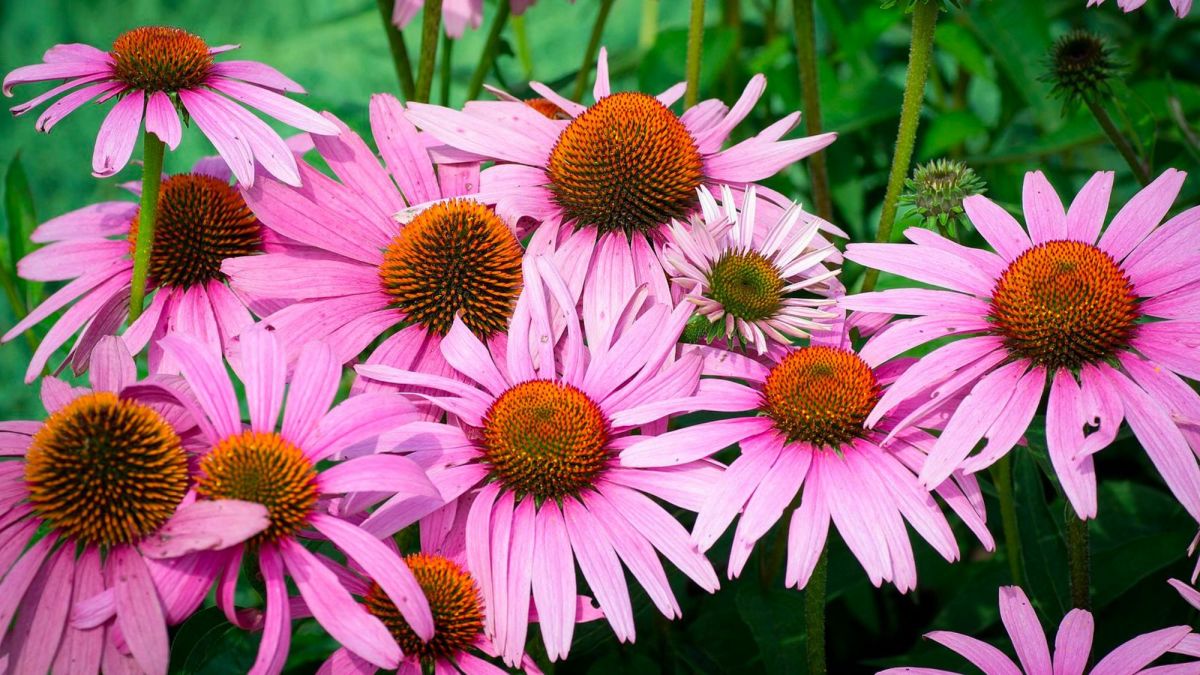
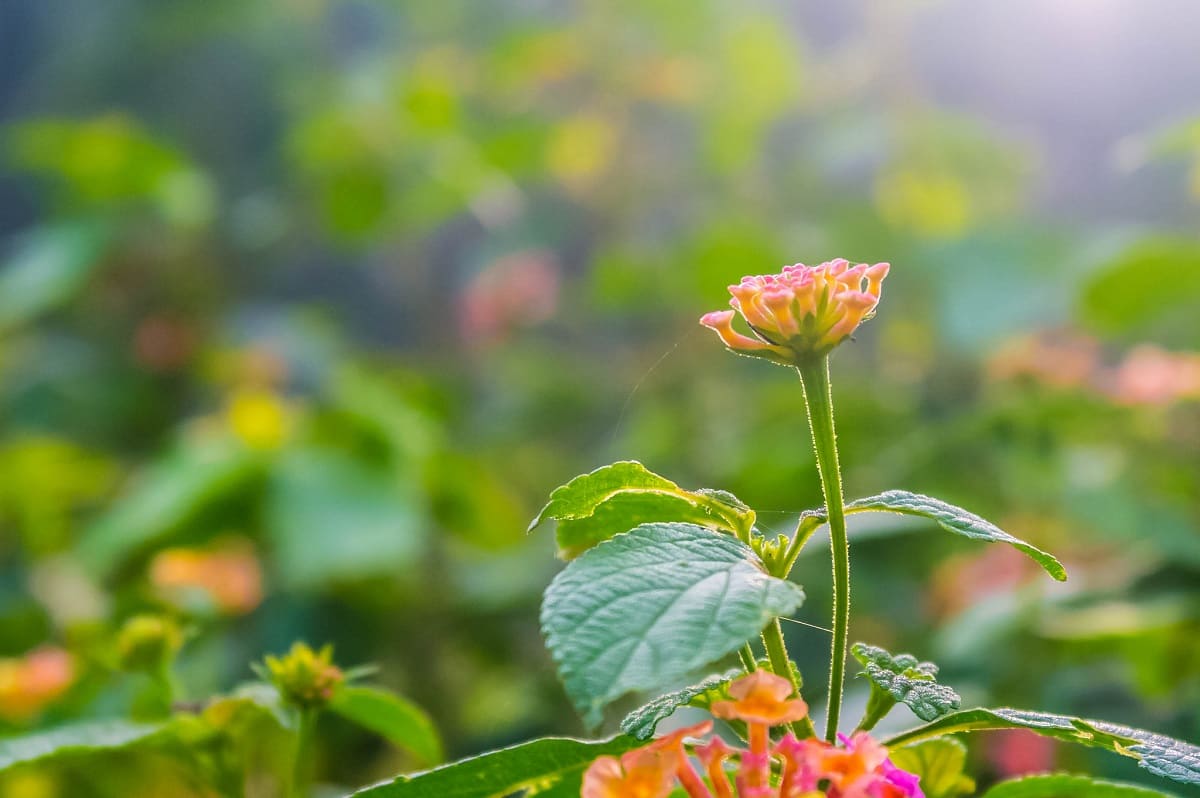
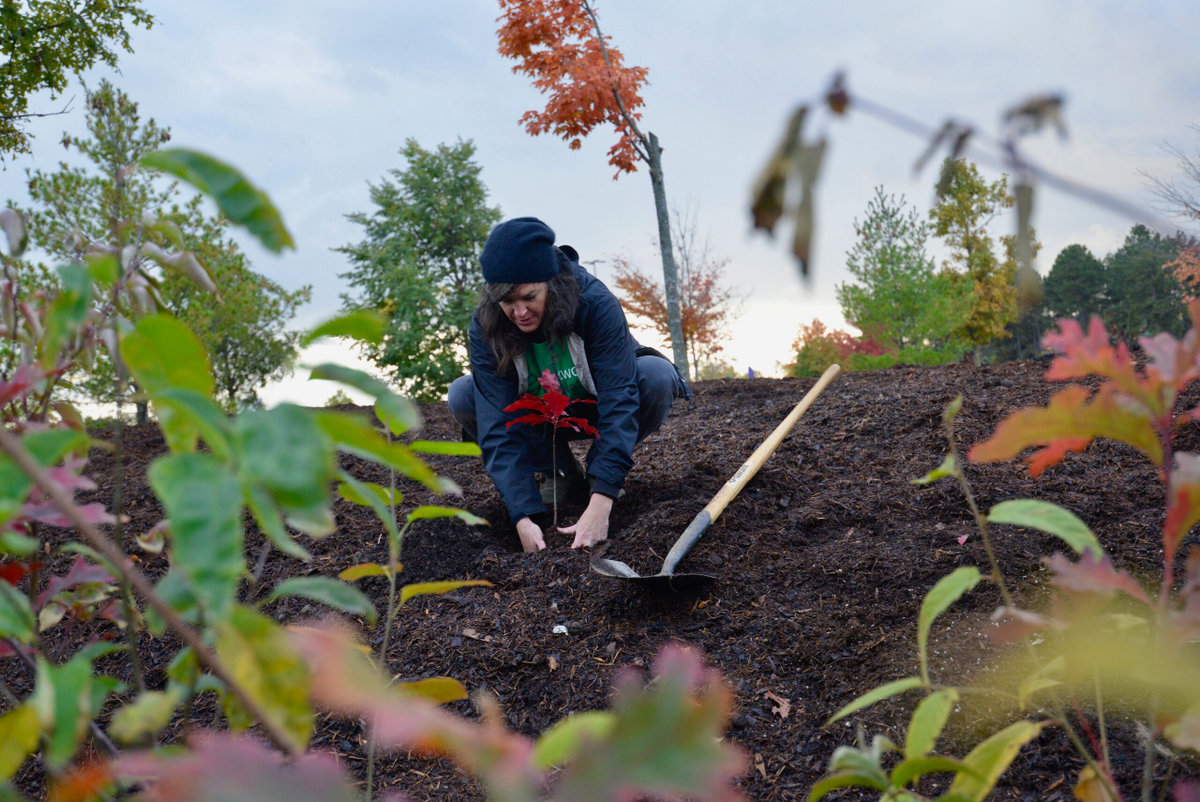

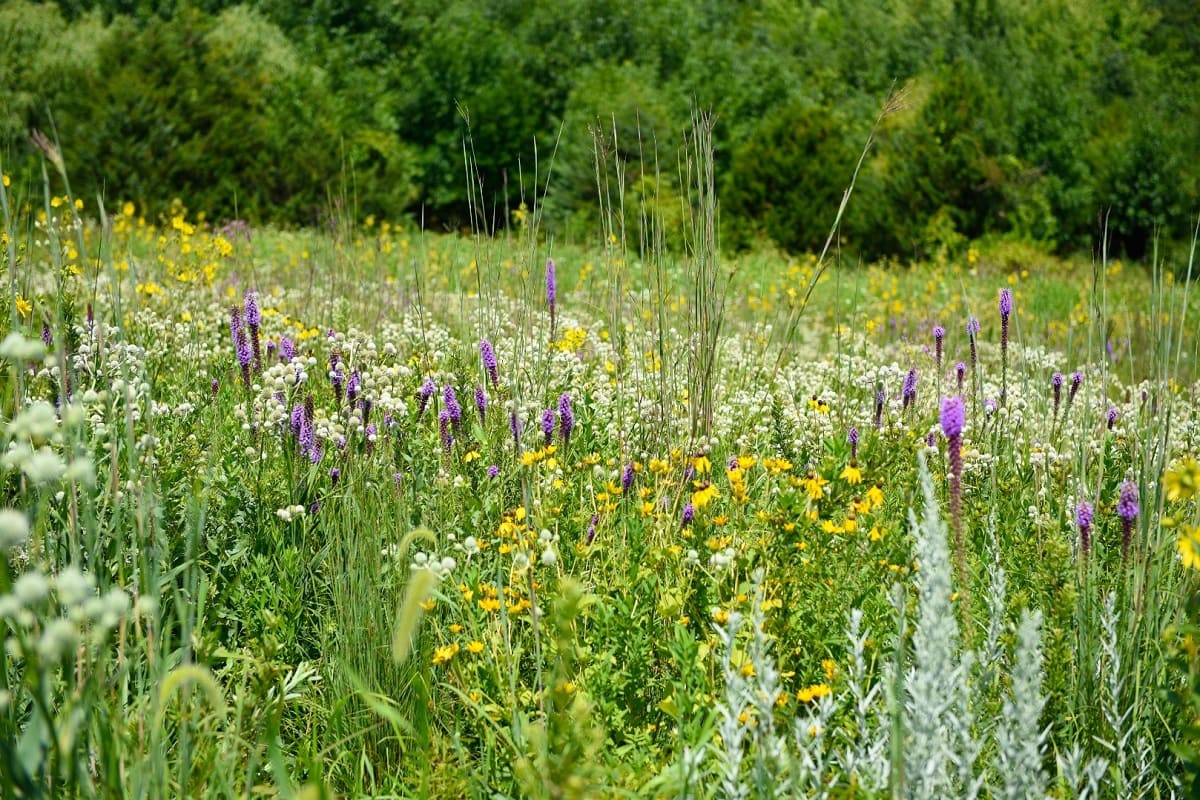
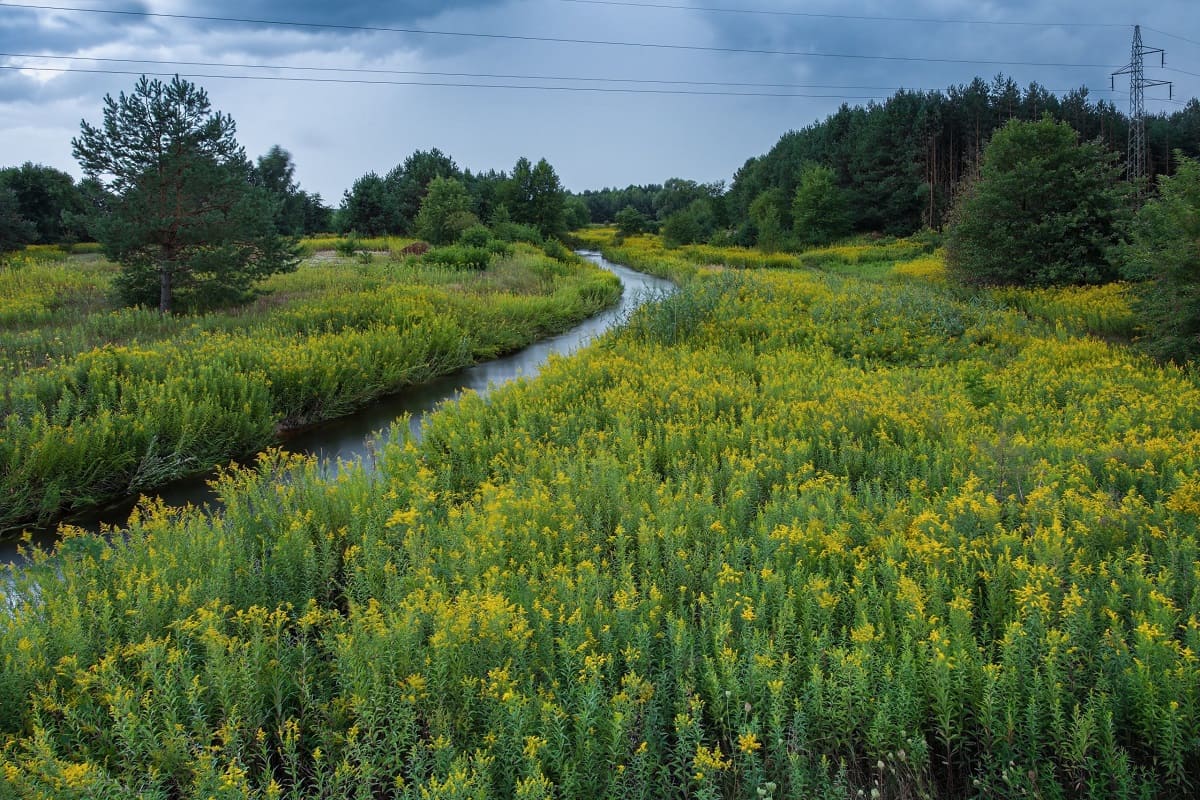

0 thoughts on “How Many Native Plant Species In North America”